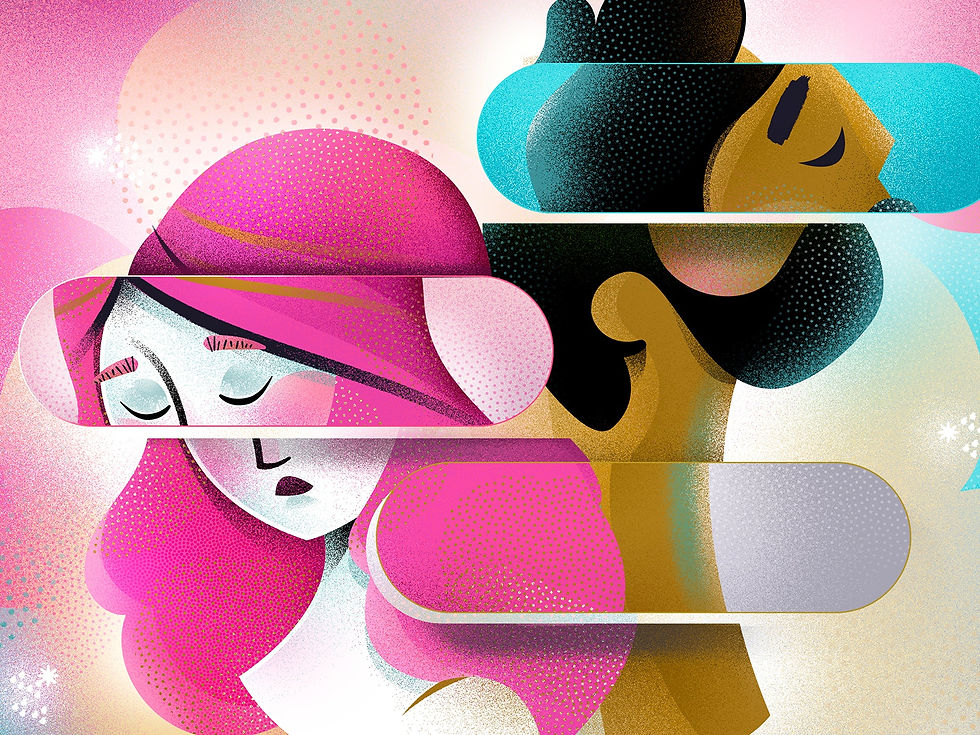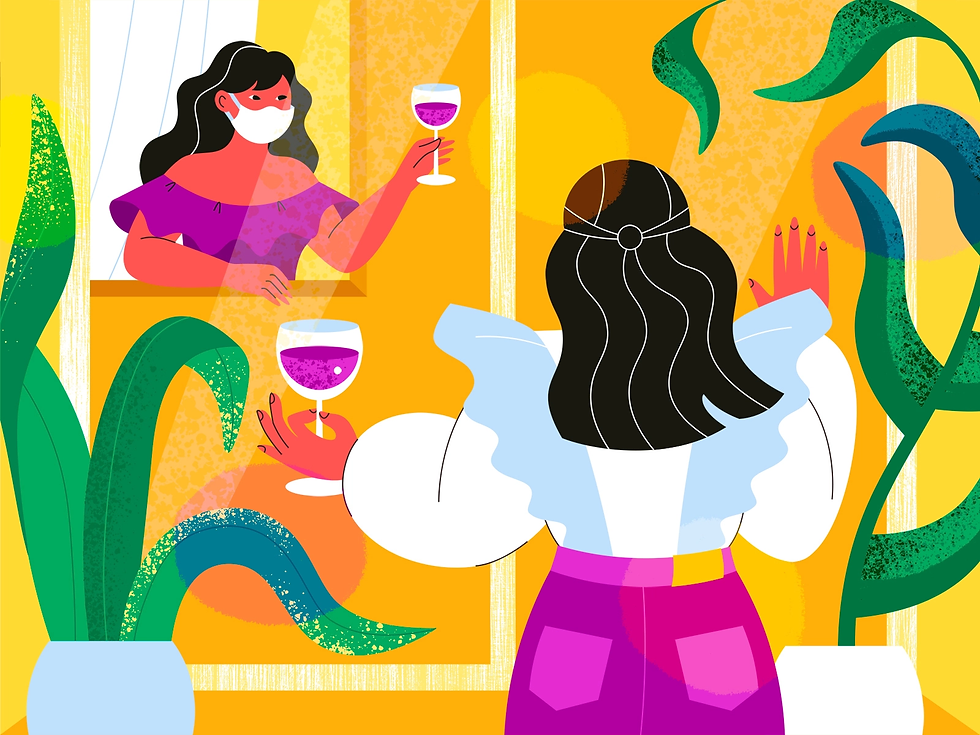Talking About Existing Gender Stereotypes in Childhood
- girlupshine

- Dec 15, 2021
- 3 min read
“Stereotypes are not mysterious or arbitrary,” Alice Eagly said, but “grounded in the observations of everyday life.”
Let’s say you hear a cis-gender boy aspires to become a ballet dancer? Or a trans female girl who wants to be a drummer? What would you think? The very idea of shattering gender stereotypes tends to make people anxious. Since the beginning of mankind, every human being has been expected to follow certain conditions set by society. These stereotypes are
assuredly cast off as 'righteous expectations' or “rules" that everyone must abide by. Such preconceived notions cast males to be more dominating, competitive, less emotionally expressive and mentally strong. Whilst females are expected to be more emotional, supportive and caring. We all have undeniably played by these “rules” in our life at least once. Think about it. When you were a child, all the things you craved, like a pink bicycle with a basket or a video game, was it your own choice? Or was it an outcome of the gender stereotypes we all have faced in our childhood?

Childhood is always an extremely important, yet blurry part of our life. It is filled with happiness, curiosity and joy. Children are the most impressionable at this point of their lives.
While childhood is an amalgamation of new gay experiences, it is also intertwined with the gender-specific roles that society imposes on us. It includes categorization of their clothes,
studies, hobbies, behaviour and other personality traits according to gender. We all accept these rigid norms unwittingly, in our childhood itself. The societal beliefs hijacking a child’s unique perspective seems like a stretch? The truth is, gender stereotypes start impacting children’s lives even before they are born.
Gender stereotypes are the societal expectations and cultural beliefs that people have concerning the role of different genders in their community. The popular social media Gender Reveal trend is the perfect example of gender stereotypes. In such parties, there are two assumed outcomes of the gender reveal. It is either a boy or a girl. The blue colour depicts a boy child whereas the pink colour is for a girl. It portrays the stronghold of gender stereotypes in our daily lives. Yet we continue to oversimplify and categorise every single aspect of our society.
Once the child is born, the expectations start flooding in. The child is expected to behave a certain way. To fit their gender-defined role. Of course, every culture has its own unwritten yet obvious roles laid out for each sex. The gist of it is always the same. For instance, on birthdays the male child will be gifted “masculine” toys. Like remote-controlled cars, trucks, helicopters or robots, etc. A female child will most probably get some “feminine“ toys like dolls, along with a make-up kit, a dollhouse, a kitchen set, etc. Even the theme of their parties will be colour-coded according to gender. Before the age of five, children subconsciously absorb these gender-defined roles. Automatically, they join the gender-stereotypical cult.

How Much Damage Can Gender Stereotypes Cause?
Predefined roles continue to control and manipulate the lifestyle of children and society as a whole. The insidious influence of stereotypes begins to affect the child’s education, co-curricular activities and even their personality. For instance, when a child is three or four years old, it would not matter if they are dressed in a pink skirt or superman shorts. But a ten-
year-old would not dare to put on a pink t-shirt. This is because, with age, children become accustomed to these fixed norms. They learn, adapt and behave accordingly.
Let us consider another scenario, while playing in a park when a boy shows aggressive behaviour, it becomes acceptable. Because society allows boys to be short-tempered. But if a girl behaves the same way, it is frowned upon. Society expects females to become “like a lady”. A boy who cries is bullied by his classmates for “behaving like a girl”. According to some studies, boys are more inclined towards following gender stereotypes as compared to girls. More importantly, children begin to judge people based on these gender stereotypes, without giving much regard to other factors. This is the truth. The psychological damage that these stereotypes can inflict upon impressionable children is scarring.
~By Tanisha Tushir
References:




コメント